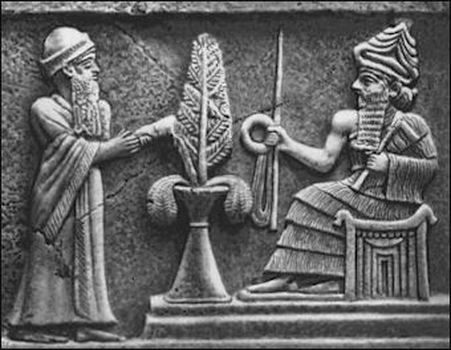Mesopotamia civilisation

Culture
Some of the major Mesopotamian civilisations include the Sumerian, Assyrian, Akkadian, and Babylonian civilisations. Evidence shows extensive use of technology, literature, legal codes, philosophy, religion, and architecture in these societies.
The Code of Hammurabi was one of the earliest and most complete written legal codes and was proclaimed by the Babylonian king Hammurabi, who reigned from 1792 to 1750 B.C. Hammurabi expanded the city-state of Babylon along the Euphrates River to unite all of southern Mesopotamia. The Hammurabi code of laws, a collection of 282 rules, established standards for commercial interactions and set fines and punishments to meet the requirements of justice. Hammurabi’s Code was carved onto a massive, finger-shaped black stone stele (pillar) that was looted by invaders and finally rediscovered in 1901.
Mesopotamia The Babylonian law created by King Hammurabi, the Code of Hammurabi, may be the oldest written law in the world. The Sumerians are often credited with inventing the wheel. At the center of each major city was a temple to the city's god called a ziggurat. The Tigris and the Euphrates Rivers are both well over 1,000 miles long. Because this is where people first began to write, Mesopotamia is often called the place where history began. Mesopotamia is part of a larger area that archeologists call the Fertile Crescent. Many of the buildings, walls, and structures were made from sun-dried bricks. These bricks didn't last long, so very little of Ancient Mesopotamian cities still stand. Much of what we know about Mesopotamian history comes from thousands of clay tablets found in the library at the Assyrian city of Nineveh.
Comments
Post a Comment